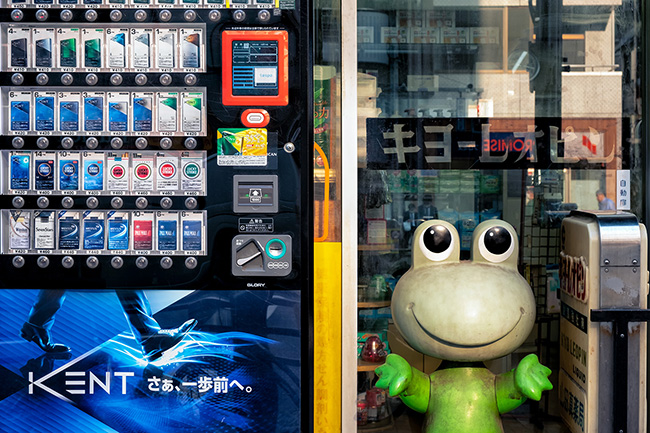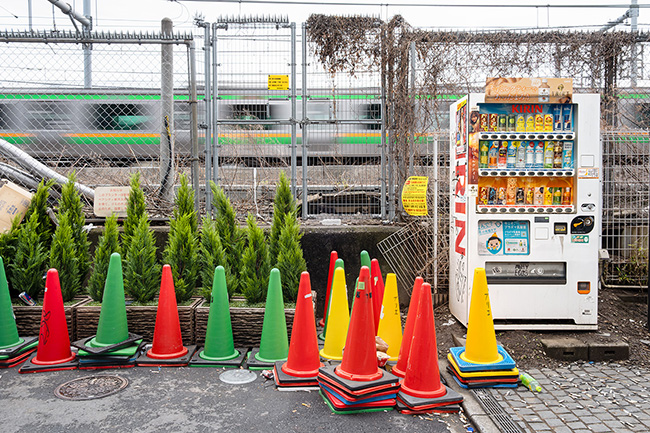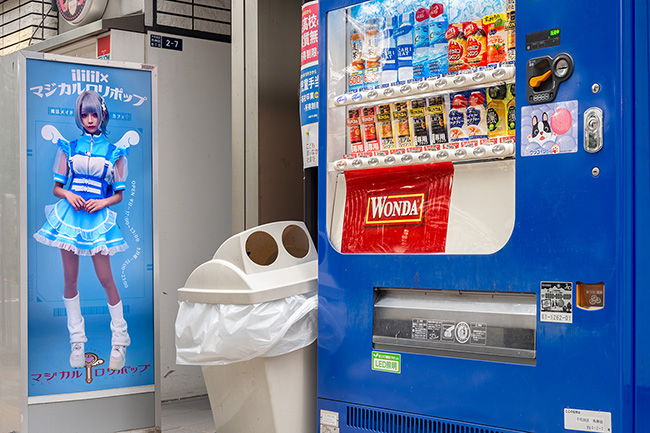Doug Caplan, born in 1965 in Montreal, Quebec, Canada, has spent much of his life exploring photography in both analog and digital realms. His journey into the world of photography began in his early teenage years when his parents gave him a black-and-white Polaroid instant camera. That simple device, with its disposable flash and manual operation, left a lasting impression on him, particularly the unique smell of the film chemicals during the developing process. This early exposure, however, didn’t immediately propel him into photography as a career or even a serious hobby. It was only after marriage, in the early 1990s, that Caplan felt the call to return to photography, rekindling a dormant passion.
In 1992, Doug Caplan decided to take up photography more seriously. His first steps back into the field involved a Nikon camera, though he quickly felt it didn’t meet his expectations. Seeking better image quality and more control over his work, he upgraded to a Mamiya M645 medium format camera, an older model from the 1970s. The Mamiya, with its minimalist design and focus on essentials, felt more aligned with Caplan’s approach to photography. He continued to refine his skills by taking courses at Ampro Photo Workshops in Vancouver, where he learned medium format techniques and became proficient in darkroom work.
For about a decade, Caplan operated a personal darkroom at home, meticulously developing his own film and prints. The tactile, hands-on experience of developing film deeply resonated with him. However, the demands of family life, particularly the arrival of his first child, along with work commitments, caused him to step away from photography for a time. His passion, however, never completely faded, and he found himself returning to the medium again and again.
In 2013, Caplan embraced the world of digital photography. The shift from analog to digital was a smooth one for him, as he quickly adapted to the new tools and processes. Initially using Paint Shop and later transitioning to Adobe Photoshop, Caplan found that digital post-processing allowed him greater control over his images, much like his darkroom days but with more precision and flexibility. This marked a new chapter in his photographic career, where he was able to blend his love for the technical side of photography with his evolving artistic vision.
A pivotal moment in Caplan’s digital photography journey came when he acquired the Fujifilm XT2, a mirrorless camera known for its excellent image quality and retro design. The XT2, with its analog-style dials and compact form factor, reminded Caplan of his earlier experiences with the Mamiya M645. It quickly became his tool of choice, especially for urban exploration and street photography. Today, he uses the Fujifilm XT5, an upgraded version of the XT2, which offers the same ergonomic benefits while delivering improved performance.
Caplan’s photographic style is centered around urban landscapes, with a focus on capturing the everyday life of cities, particularly Tokyo. He often avoids using a tripod, preferring to stay as unobtrusive as possible while navigating the streets. This allows him to blend into his surroundings, a crucial factor in capturing candid moments without drawing attention. Caplan’s work is defined by its exploration of contrasts—between man-made and natural elements, the modern and the nostalgic, the ordinary and the extraordinary.

In one of his images, Caplan captures a vibrant urban scene in Tokyo. The photograph presents a juxtaposition between a sleek, modern cigarette vending machine and a charming frog mascot. The vending machine, reflecting Japan’s high-tech culture, stands in sharp contrast to the whimsical, oversized frog, which evokes a sense of playful nostalgia. This tension between the harmful allure of cigarettes and the innocent charm of the frog creates a thought-provoking visual dialogue about urban life’s complex layers.

Another of Caplan’s works, further explores the urban environment in Tokyo’s Shin Okubo district. The image features a train speeding by in the background, slightly blurred, capturing the constant motion of city life. Framed by a wire fence with creeping vines, the scene highlights the interplay between industrial elements and the natural world. Caplan’s ability to capture these moments of contrast—where nature and technology coexist—speaks to his keen observational skills and his deep appreciation for the intricacies of urban life.

Another image, taken in Akihabara, Tokyo’s famous technology district, blends the themes of modernity and pop culture. The photograph showcases a vending machine, a ubiquitous feature of Japanese urban life, against the backdrop of Akihabara’s vibrant streets. This image reflects not only the convenience of modern technology but also the fusion of fantasy and reality that defines the district, where anime culture meets the everyday hustle of city life.
Doug Caplan’s photographic work continues to evolve, with a focus on capturing the fleeting moments of city life and the subtle contrasts that define modern urban environments. His ability to blend into his surroundings and his thoughtful composition of scenes make his work both engaging and reflective, offering viewers a glimpse into the intricate dance between the natural and man-made in today’s cities.

